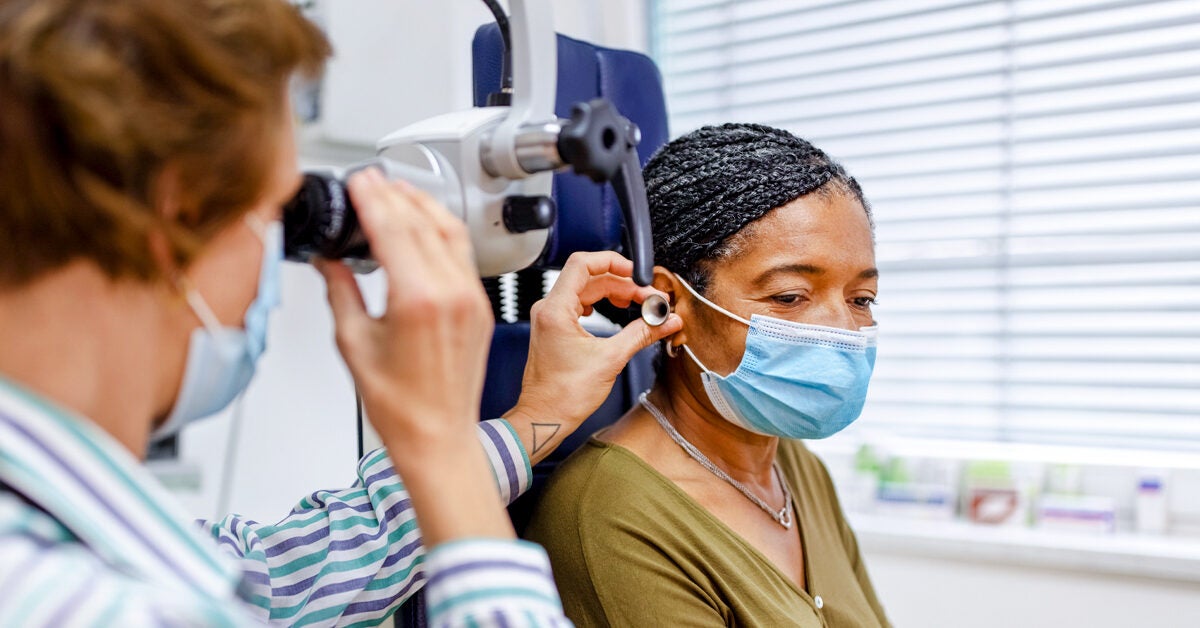Microsuction for Earwax Removal: Benefits and Side Effects - Healthline

Earwax buildup is a common condition. A 2020 research review showed that in the United States, 150,000 earwax removals are performed every week. Traditional removal techniques include:
- using earwax softeners
- irrigating your ear with fluid
- having a doctor manually remove the buildup
Excessive earwax can cause a number of uncomfortable symptoms, such as
If you're dealing with earwax buildup, it's important to clear it as soon as possible. If not, it may eventually lead to a more serious condition like an ear infection.
Microsuction earwax removal, sometimes referred to as ear vacuuming, is the most commonly performed manual type of earwax removal used by doctors.
During your procedure, a doctor uses a long, thin nozzle that fits in your ear to suction out the wax.
Let's break down all the details you need to know about microsuction ear cleaning.
Microsuction ear cleaning is a technique doctors use to remove earwax. Before starting the earwax removal, a doctor will look into your ear canal using a microscope to find the blockage.
Alternatively, they may also use a tiny camera with a light that fits into your ear canal called an endoscope.
During the procedure, the doctor will use a tiny vacuum to gently provide suction to dislodge and remove the wax.
Microsuction is less widely available than other techniques since the equipment is more expensive for clinics to purchase.
It may make a good option for earwax removal when available, but you may need to visit an ear, nose, throat specialist to have it done.
Although microsuction is often the preferred method of earwax removal among professionals, there's currently no clinical evidence that it's more effective than ear irrigation.
If your doctor doesn't have access to microsuction, irrigation may make a good alternative in most cases.
Before you undergo a microsuction procedure, your doctor will ask you questions to learn about your previous ear conditions and your current symptoms. They'll also likely ask you about your current medications and allergies.
Microsuction might be a good earwax-removal option for most people. But there are a few reasons why you wouldn't be a candidate.
Once your doctor has recorded your medical history, they'll look into your ear with a microscope or tiny camera. In some clinics that use a camera, your doctor may have a screen set up where you can see inside your ear yourself.
The actual microsuction procedure will only last a few minutes. The doctor will insert a long, thin vacuum in your ear to dislodge your earwax.
You may feel some suction inside your ear during the procedure and also hear some crackling or squeaking.
Once the earwax is dislodged, your doctor will either remove it with the vacuum or they'll use a pair of forceps to gently pull it out.
Microsuction is a relatively effective technique for removing earwax.
A 2014 study found that microsuction was 91 percent effective at removing earwax in a group of 159 people.
Microsuction also offers several benefits compared to irrigation such as:
- The procedure is quicker.
- Your doctor can clearly see inside your ear during the procedure.
- Microsuction doesn't expose your ear canal to moisture.
Unlike irrigation, microsuction can often be performed on people who have:
There are still few studies examining the safety of microsection. In an older 2010 study, researchers found that 55 percent of participants developed side effects. Most of the side effects were mild and temporary. The most common side effects were:
- dizziness
- discomfort due to loudness during the procedure
- reduced hearing
The researchers also found that using ear drops before the procedure reduced the amount of reported pain and dizziness.
Although rare, more serious complication can potentially include:
- infection
- temporary or permanent hearing loss
- injury to your eardrum
- worsening tinnitus
When performed properly, microsuction should be painless and completed in a few minutes. Some people report feeling a slight tickling sensation.
If you have any discomfort during the procedure, you should let your doctor know right away.
- Earwax softeners. You can buy ear drops over-the-counter (OTC) to soften your earwax at home. Although it's best to use drops specifically designed to clear earwax, a number of other household ingredients such as mineral oil, hydrogen peroxide, olive oil, or baking soda may also potentially work.
- Ear irrigation. Ear irrigation is the process of using water or a saline mixture to flush out earwax. A doctor can perform an ear irrigation in their office or you can buy a home bulb syringe and water kit.
- Manual techniques. Your doctor may use a small, curved instrument called a curette to remove earwax manually. It's not a good idea to try to manually remove an earwax blockage yourself since you can potentially push the wax in deeper or injure your eardrum.
Microsuction ear cleaning is a procedure to remove earwax buildup from your ear canal. It's a relatively effective procedure that's usually safe and painless.
Like any medical procedure, microsuction comes with a risk of some complications.
The most common complications include dizziness and temporary hearing loss. More severe complications like eardrum damage or infection are rare.
Comments
Post a Comment